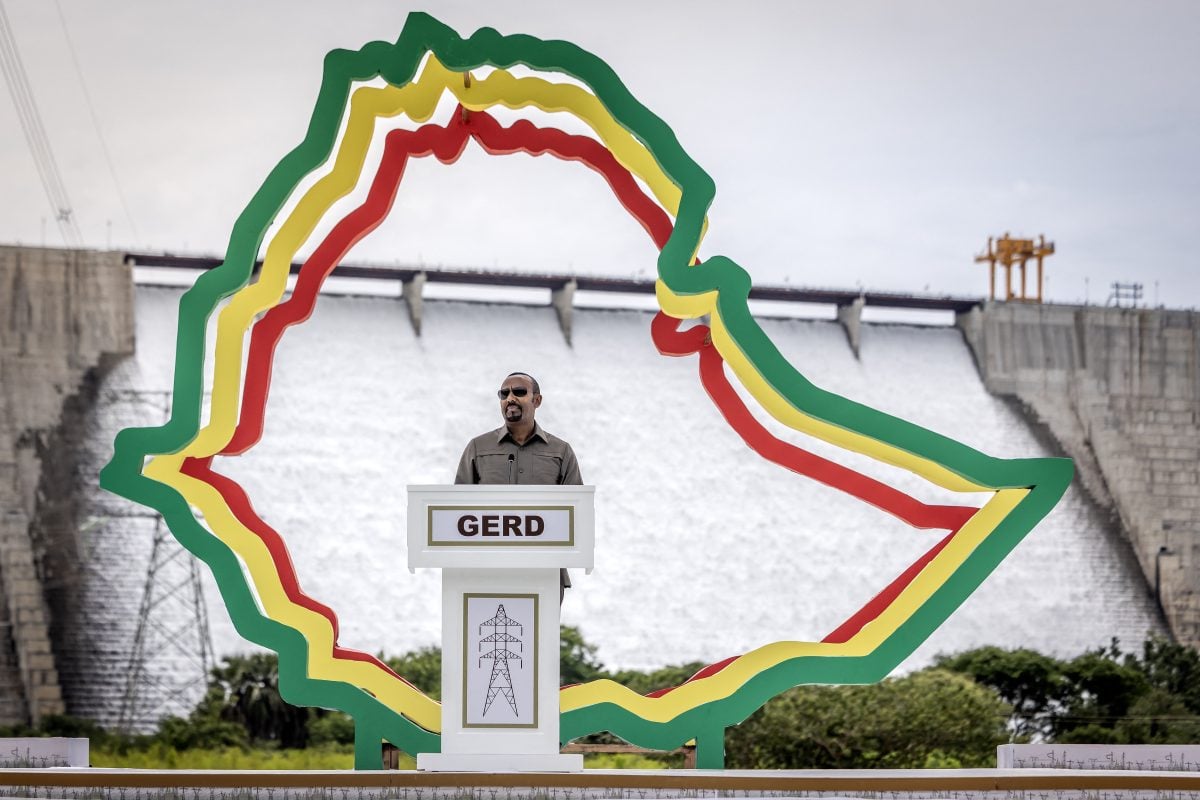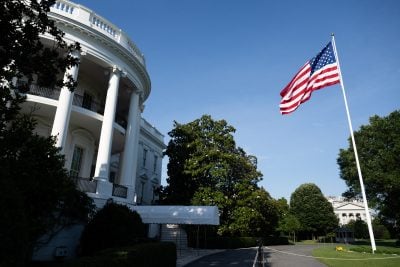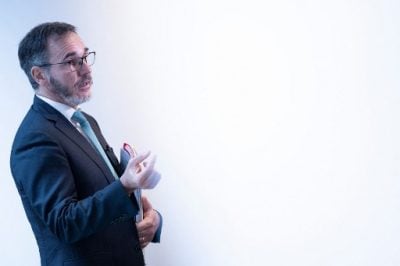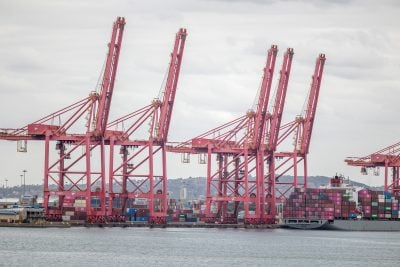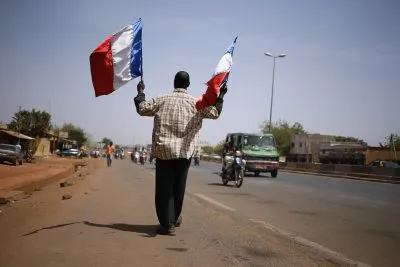On 9 September, during the inauguration of the Grand Ethiopian Renaissance Dam (GERD) on the Blue Nile, Ethiopian Prime Minister Abiy Ahmed (pictured) spoke of a new wave of mega projects worth tens of billions of dollars.
The projects are among the most ambitious in Ethiopia’s modern history. They include plans for a nuclear power programme, the launch of Africa’s largest airline hub, a fertiliser complex agreement signed with Nigerian industrialist Aliko Dangote and a commitment to construct 1.5m housing units within six years.
Together, the government says, these ventures will anchor Ethiopia’s economic transformation and send a strong signal to investors. Yet the unveiling has sparked as many questions as it has headlines. How will these projects be financed?
Big projects, big numbers
Ethiopian Airlines, long considered the crown jewel of the country’s state-owned enterprises, is pressing ahead with a $10bn mega-airport project in Bishoftu envisaged as a hub for regional air transit. The African Development Bank has agreed to finance $500m of that itself, while acting as the initial mandated lead arranger, global coordinator and book runner in a bid to mobilise nearly $8bn of the $10bn needed for the mega project. While the bulk of that financing is yet to be fully raised, the bank says that groundworks are expected to begin in late 2025, with Phase I expected to be completed by November 2029.
On 28 August the government signed a $2.5bn deal with Dangote Group to build a fertiliser plant in Gode, eastern Ethiopia. The facility, designed to produce 3m metric tons of urea annually, will be 60% owned by Dangote and 40% by state-owned Ethiopian Investment Holdings (EIH). Construction is expected to take 40 months. A significant component of this investment includes the construction of a dedicated pipeline to transport natural gas from Ethiopia’s proven Hilala and Calub gas reserves to the Gode production facility.
But perhaps the most audacious projects are also the least concrete. The government has expressed its intention to pursue a nuclear power programme – in December, Russian nuclear energy company Rosatom signed an agreement with the Ethiopian Ministry of Innovation & Technology to start exploring the feasibility of an Ethiopia-based Centre for Nuclear Science & Technology, a potential precursor to a nuclear programme. In a presentation to the International Atomic Energy Agency last year Awel Abdela Husen, a staff member at Ethiopia’s ministry of innovation and technology, referred to a plan to construct two nuclear power plant units each with around 1200 MW capacity by 2032-2034. But the plans remain vague at this stage, with the government yet to disclose the location, partners, or financing for the proposed programme.
Details for the pledge to build 1.5m houses within six years are similarly hazy. The programme, designed to ease the urban housing crisis and support sustainable city growth, would be at a scale unmatched in the country’s recent history, but it remains unclear how it will be financed.
Between ambition and reality
Experts argue that such announcements demand closer scrutiny. While praising the government’s “vision and long-term strategic goals,” economist Addis Kassahun expresses unease over governance gaps.
“I heard about those projects through media but we have not seen when these giant projects go through the parliamentary budget approval process for reviews and approval,” he tells African Business.
“If the projects are expected to be financed via loans, there are legal and formal processes for that, to ensure proper governance and accountability,” he noted.
“We have not heard from any official government ministries about such plans. To be honest, I am not sure how these will be governed without passing through the formal national budget process.”
He emphasised the importance of aligning projects with national budgets to ensure oversight and public accountability.
Public-private financing options
Other analysts are more optimistic. Henok Gidey, a finance consultant, points to the recent completion of the Grand Ethiopian Renaissance Dam as a model for a successful large-scale project. He suggested that financing for such projects can be drawn from both public and private sources.
“The Commercial Bank of Ethiopia is known to have covered about 95% of the GERD budget – almost 233 billion birr – while Ethiopian Airlines’ $10bn airport is supported by the African Development Bank,” he said.
Public-private partnerships (PPPs), he suggested, would help to crowd in more funds for the proposed projects.
“If you tell me how it will be achieved, I think it can be achieved through a PPP mode like Aliko Dangote’s $2.5bn initiative,” he argued.
Both Kassahun and Gidey point out that there must be clear benchmarks, such as annual housing completions, fertiliser production volumes, project milestones and financial disbursement transparency.
Independent monitoring, they argue, would strengthen confidence among citizens and international partners alike.
Checks and balances
But the risk of overextension looms.
“It is a situation where if finance comes, projects move ahead; if not, they stall or are abandoned,” Gidey says.
Kassahun stresses that public participation and institutional checks are essential to ensure that projects reach successful completion.
“These big projects require public participation at different levels,” he said, warning that without inclusion, the gap between official announcements and ultimate impact could widen.
If delivered, the projects could transform Ethiopia’s economy – cutting fertiliser imports, boosting aviation capacity, diversifying energy and easing urban housing shortages.
But, says Kassahun, ambitious pledges without follow-through risk “creating a cycle of headlines without delivery.”
Want to continue reading? Subscribe today.
You've read all your free articles for this month! Subscribe now to enjoy full access to our content.
Digital Monthly
£8.00 / month
Receive full unlimited access to our articles, opinions, podcasts and more.
Digital Yearly
£70.00 / year
Our best value offer - save £26 and gain access to all of our digital content for an entire year!

 Sign in with Google
Sign in with Google 